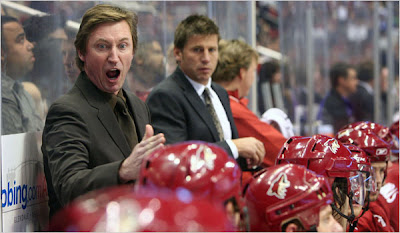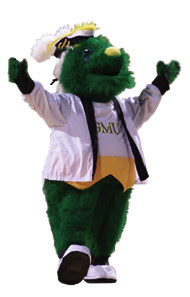 So, who makes you angrier concerning release of the Mitchell Report on steroid use in baseball on Thursday?
So, who makes you angrier concerning release of the Mitchell Report on steroid use in baseball on Thursday?
The cheats themselves: the players? Most athletes will do just about anything to achieve a competitive advantage. We’ve certainly see that play out in professional cycling. I feel sorriest for the players who refused to cheat and break the law, who lost their job to another athlete taking performance enhancing drugs. But I believe in collective guilt, too. If you know someone is cheating, and you don’t report it, then you’re part of the problem. Judge Landis had it right on that account with the Black Sox Scandal.
The owners? I have a particular anger with them, for they surely knew what was going on but chose to profit by it. Every time baseball has had a problem, whether it be the Black Sox Scandal or the Great Depression or the work stoppage a dozen years ago, baseball has used the home run to bring the fans back to the ballpark.
So, should we be angry with ourselves for turning our heads away from what was so obvious in front of us because we like — demand — home runs? Personally, I’d rather see Sandy Koufax pitch off a mound that was six inches higher 50 years ago and win a game 1-0. Home runs down excite me. Performance does. But fans love the moment, and the home run has always been THE moment in a baseball game.
I couldn’t begin to list all the excellent columns and stories about this shame on the game, but you can read the Mitchell Report yourself and take advantage of a searchable database to access specific sections. The New York Times has an excellent multimedia graphic on the named players.
Here are a few columns I highly recommend (Comm371 students are reminded that they must choose a sports columnist to follow throughout the semester):
— Tom Boswell of the WashPost: The Rocket’s Descent
— Jason Stark of ESPN: Many Legacies Will Be Tarnished Forever
— Mitch Albom of the Detroit Free Press: Baseball’s Culture of Steroids
— Harvey Araton of the NYTimes: All-Juice Team Has Finally Found Its Ace: Clemens
— William Rhoden of the NYTimes: Steroid Era Is No Longer Only About Bonds
— Joe Posnanski of the KCStar: Steroid Report Conclusion Obvious, Aftermatch Uncertain



 Posted by Steve Klein
Posted by Steve Klein





